Shredding Secrets Every Business Should Know for Electronic Data Destruction
Shredding Secrets Every Business Should Know for Electronic Data Destruction
Data breaches are becoming increasingly common in our interconnected world, making data protection more critical than ever. Businesses of all sizes need to ensure their electronic data is destroyed securely and effectively.
One of the most reliable methods for this is shredding. This blog post will guide you through the essentials of electronic data destruction, focusing specifically on shredding, and provide valuable insights on how to protect your sensitive information.
The Growing Importance of Data Destruction
In today's digital age, businesses accumulate vast amounts of electronic data daily. This data includes everything from financial records to personal customer information. The misuse of such data can result in severe consequences, including financial loss and reputational damage. Understanding the importance of proper data destruction is the first step toward safeguarding your business.
Data destruction isn't just about deleting files. Deleted files can often be recovered with basic software tools. Instead, it involves completely erasing data so it cannot be reconstructed or retrieved. This is where shredding comes into play, offering a secure way to destroy data permanently.
What is Electronic Data Shredding?
Data shredding is a method of digital data destruction that ensures files are irrecoverable. Unlike simply deleting files, shredding overwrites the data multiple times with random information, making it impossible to restore. This technique is akin to shredding paper documents into tiny pieces, ensuring sensitive information cannot be pieced back together.
Electronic data shredding is essential for businesses that deal with confidential information. Whether it's financial records, employee details, or proprietary business plans, shredding ensures these documents are securely destroyed.
Benefits of Data Shredding
Data shredding offers several benefits, making it an essential practice for businesses. Firstly, it provides peace of mind, knowing that your sensitive information is irretrievable. This security can be crucial during audits or when complying with data protection regulations.
Secondly, shredding helps in freeing up storage space. Over time, old and unused files can accumulate, taking up valuable storage. Shredding these files ensures you only keep necessary data, optimizing storage usage.
Lastly, data shredding protects against potential data breaches. By ensuring that old data is permanently destroyed, you reduce the risk of sensitive information falling into the wrong hands.
How Shredding Works
The process of electronic data shredding using magnetic erasure involves using a powerful magnet to disrupt the magnetic fields on a storage device.
This disrupts the alignment of the magnetic particles, effectively scrambling the data and making it unreadable. The core principle is to permanently destroy data by altering the magnetic properties, ensuring data recovery is impossible.
When you initiate a shredding process, the software will overwrite the data with random bits of information. This process is repeated several times, depending on the level of security required. By the end of the shredding process, any traces of the original data are entirely erased.
Types of Data Suitable for Shredding
Not all data requires shredding, but certain types are particularly suitable for this method of destruction.
Sensitive information such as financial records, personal identification details, and proprietary business data should always be shredded. This ensures that even if someone attempts to recover the data, they will be unsuccessful.
Emails and communication logs are another category of data that benefits from shredding. These often contain confidential information that, if leaked, could harm your business. By shredding such data, you ensure complete security.
Shredding and Compliance
Many industries have stringent regulations regarding data protection and destruction. Compliance with these regulations is not just a legal requirement but also a step towards building trust with your clients.
Shredding helps businesses comply with standards such as GDPR, HIPAA, and PCI DSS, ensuring that data is adequately protected and destroyed.
Failing to comply with these regulations can result in hefty fines and legal repercussions. By integrating shredding into your data destruction practices, you can ensure adherence to these regulations and avoid any potential legal issues.
Integrating Shredding into Your Data Management Plan
A comprehensive data management plan should include provisions for data destruction, and shredding should be a key component of this.
Regularly review and update your data management policies to include data shredding for sensitive information. Train employees on the importance of data destruction and the specific processes involved in shredding.
By making shredding a part of your regular data management routine, you can ensure ongoing compliance and security. This proactive approach helps in mitigating risks and protecting your business from potential data breaches.
Common Mistakes to Avoid
While shredding is an effective method for data destruction, there are common mistakes businesses should avoid. One common error is neglecting to shred data stored on old devices. Before disposing of or recycling old computers and storage devices, ensure that all data is thoroughly shredded.
Another mistake is assuming that deleted files are secure. Simply deleting a file does not ensure its destruction. Always use reliable shredding software to guarantee that data is permanently erased.
The Future of Data Shredding
As technology continues to evolve, so do the methods for data destruction. Future advancements in data shredding may include more sophisticated algorithms and faster processing times. Staying updated with these advancements helps businesses maintain high levels of data security.
Keeping an eye on emerging trends and technologies in data destruction ensures that your business remains at the forefront of data protection practices. This proactive approach helps in safeguarding sensitive information and maintaining client trust.
Practical Tips for Effective Shredding
To ensure effective data shredding, follow these practical tips:
- Regularly Schedule Shredding: Establish a routine for regular data shredding to ensure ongoing security.
- Use Certified Software: Opt for shredding software that is certified and trusted within the industry.
- Train Employees: Educate your staff on the importance of data shredding and how to use shredding tools effectively.
By following these tips, you can enhance your data destruction practices and protect your business from potential threats.
Conclusion
Data destruction is a critical aspect of modern business operations, and shredding is one of the most effective methods for ensuring data security.
By understanding the importance of shredding, choosing the right software, and integrating it into your data management plan, you can protect your business from data breaches and maintain compliance with regulations.
Ready to ensure your data is securely destroyed?
At Data Shredder Corporation in Massachusetts, we understand how crucial it is to destroy sensitive data securely and recycle e-waste. We're here to offer you the best hard drive data destruction, shredding, and electronics recycling services in Massachusetts, ensuring your peace of mind while contributing to the planet's health.
Your trust is our top priority, and we're dedicated to safeguarding your information with our certified, dependable solutions. Before a security breach even whispers your name, give us a call at(508) 906-6080 or fill out our
contact form.
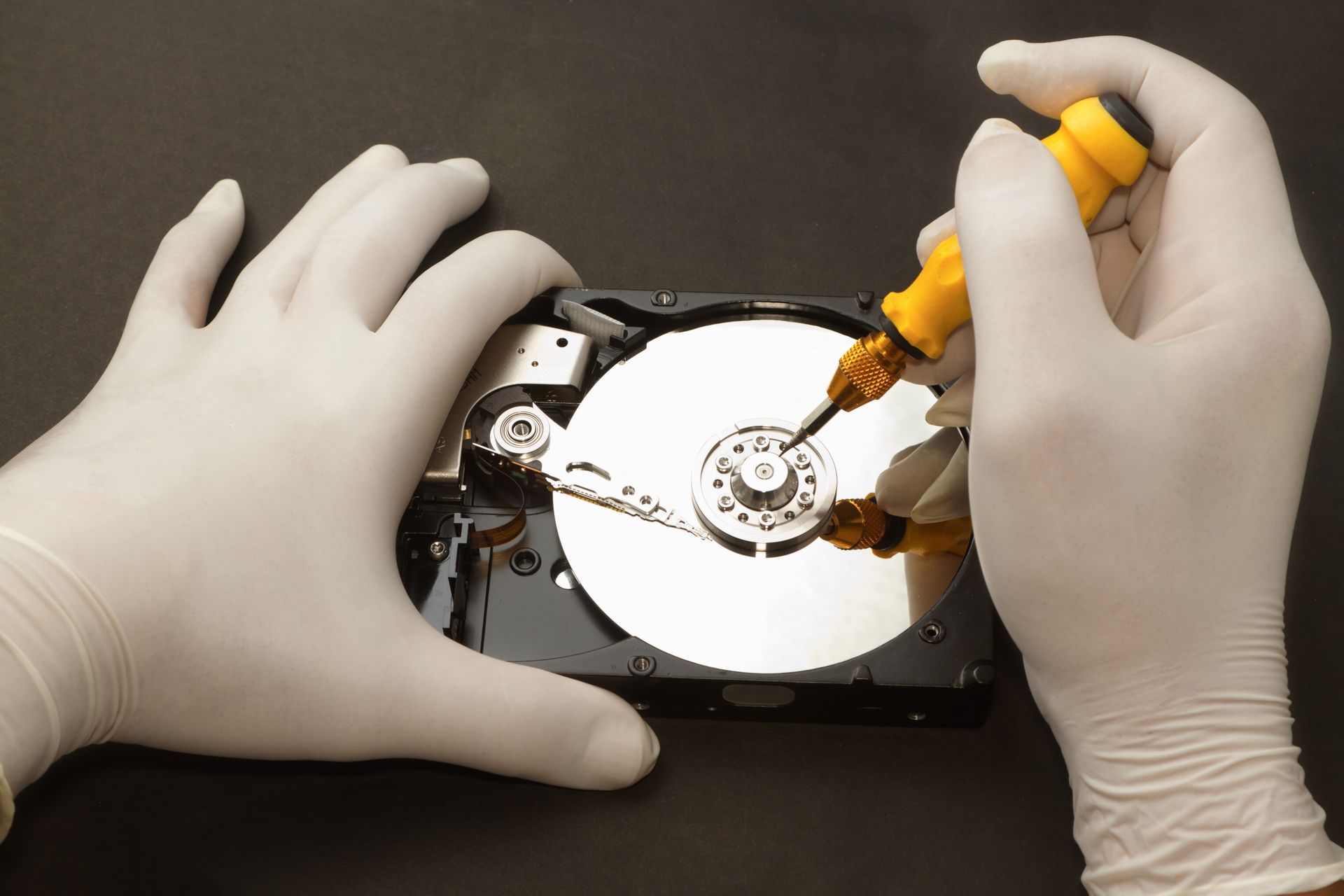
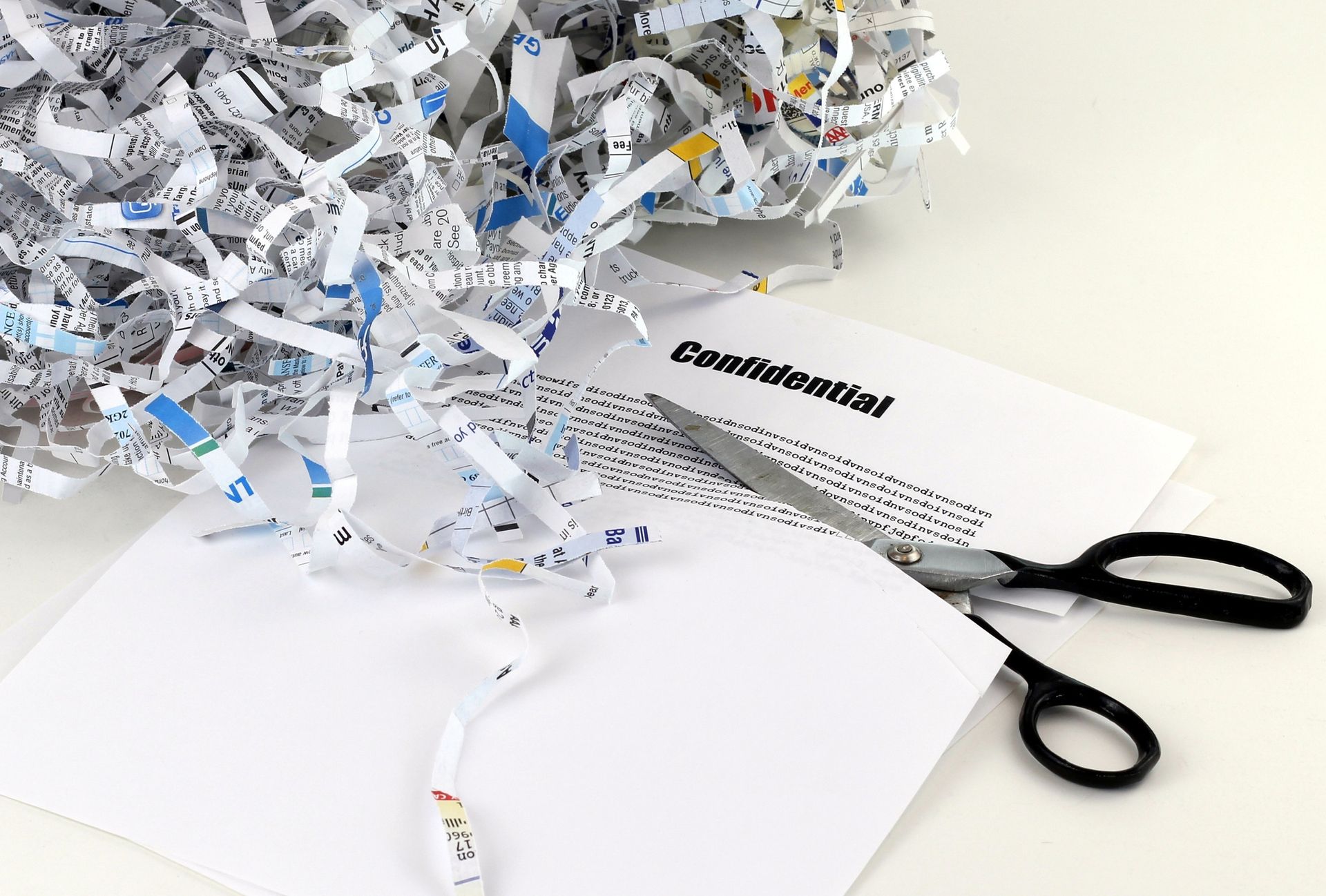

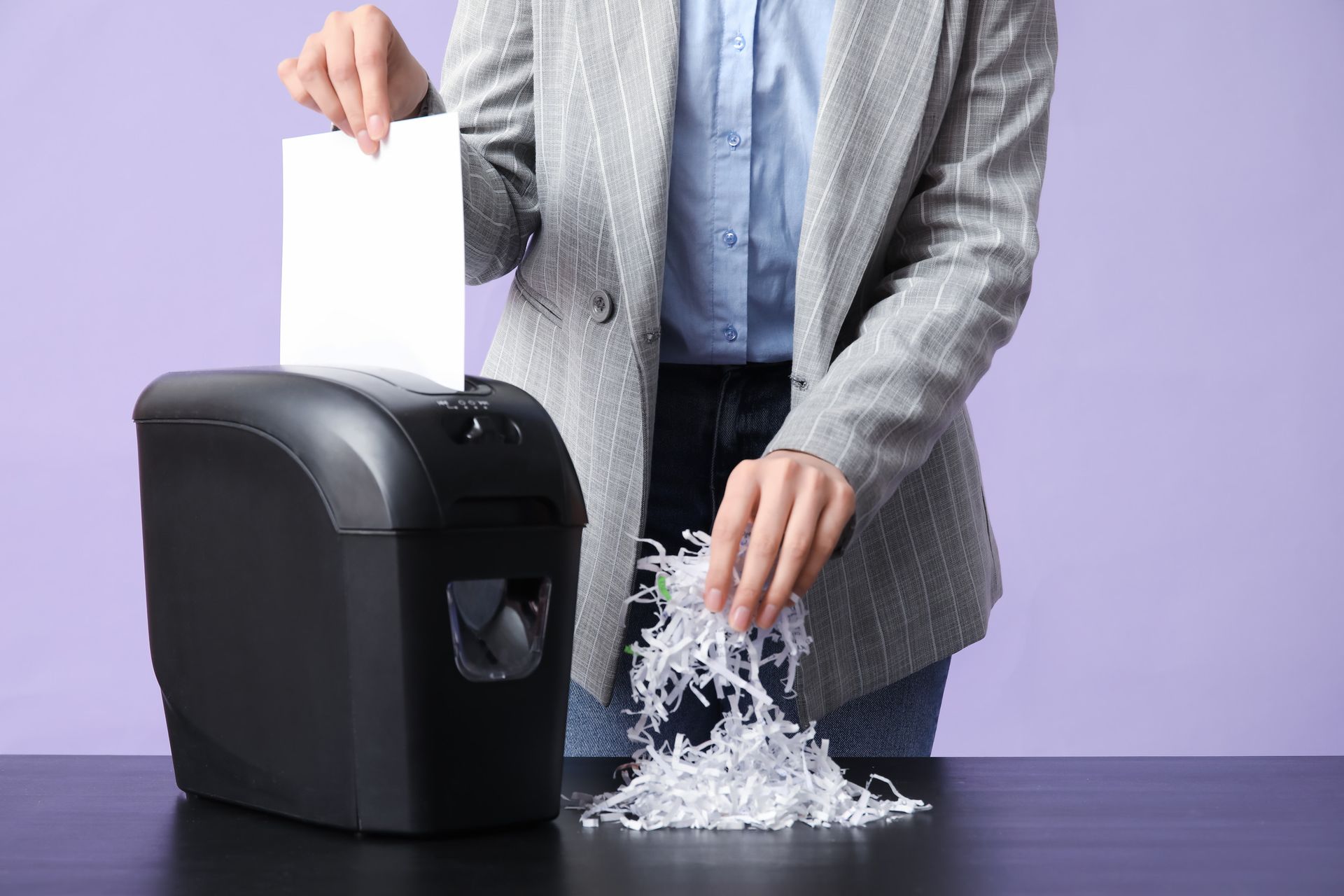

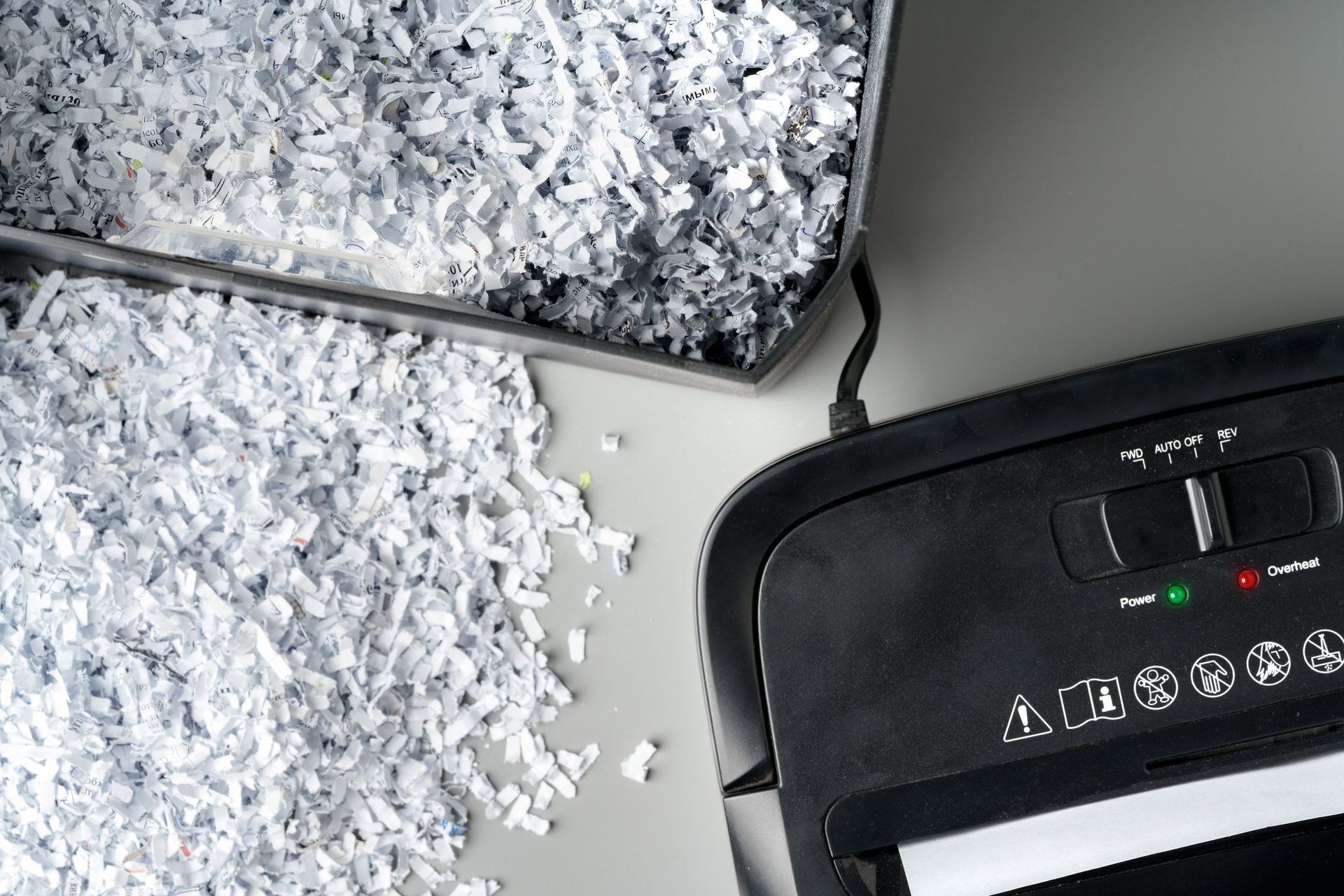
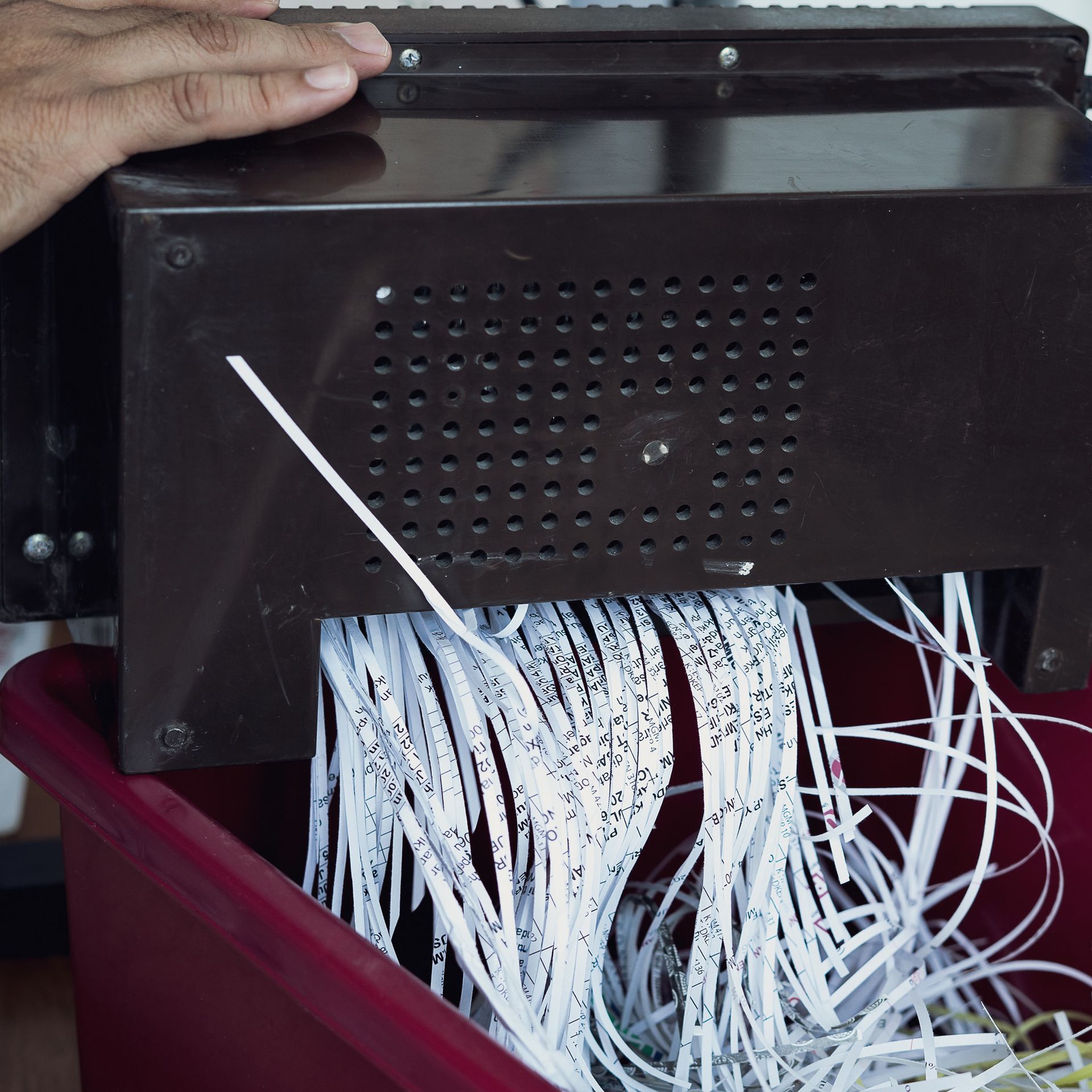
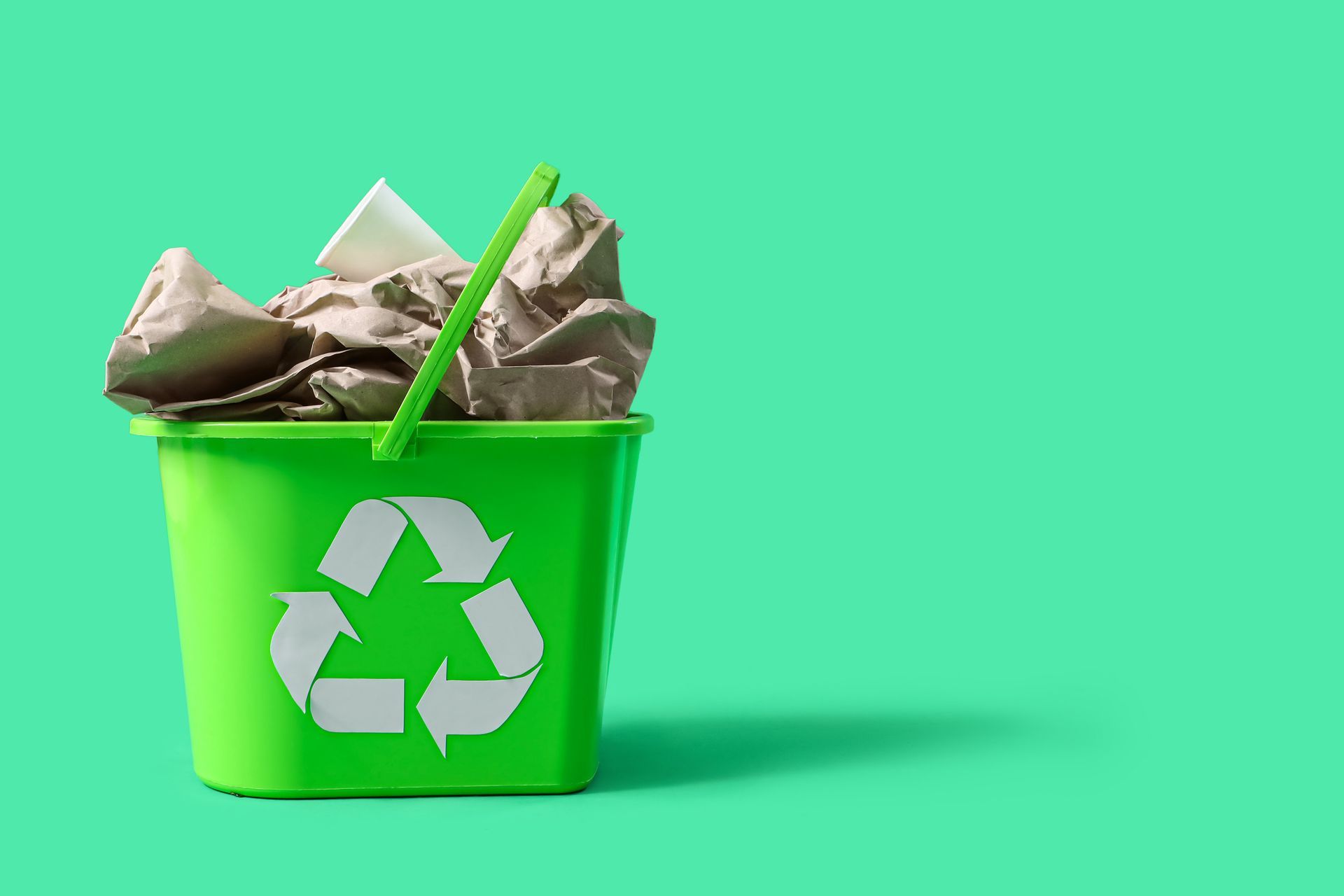
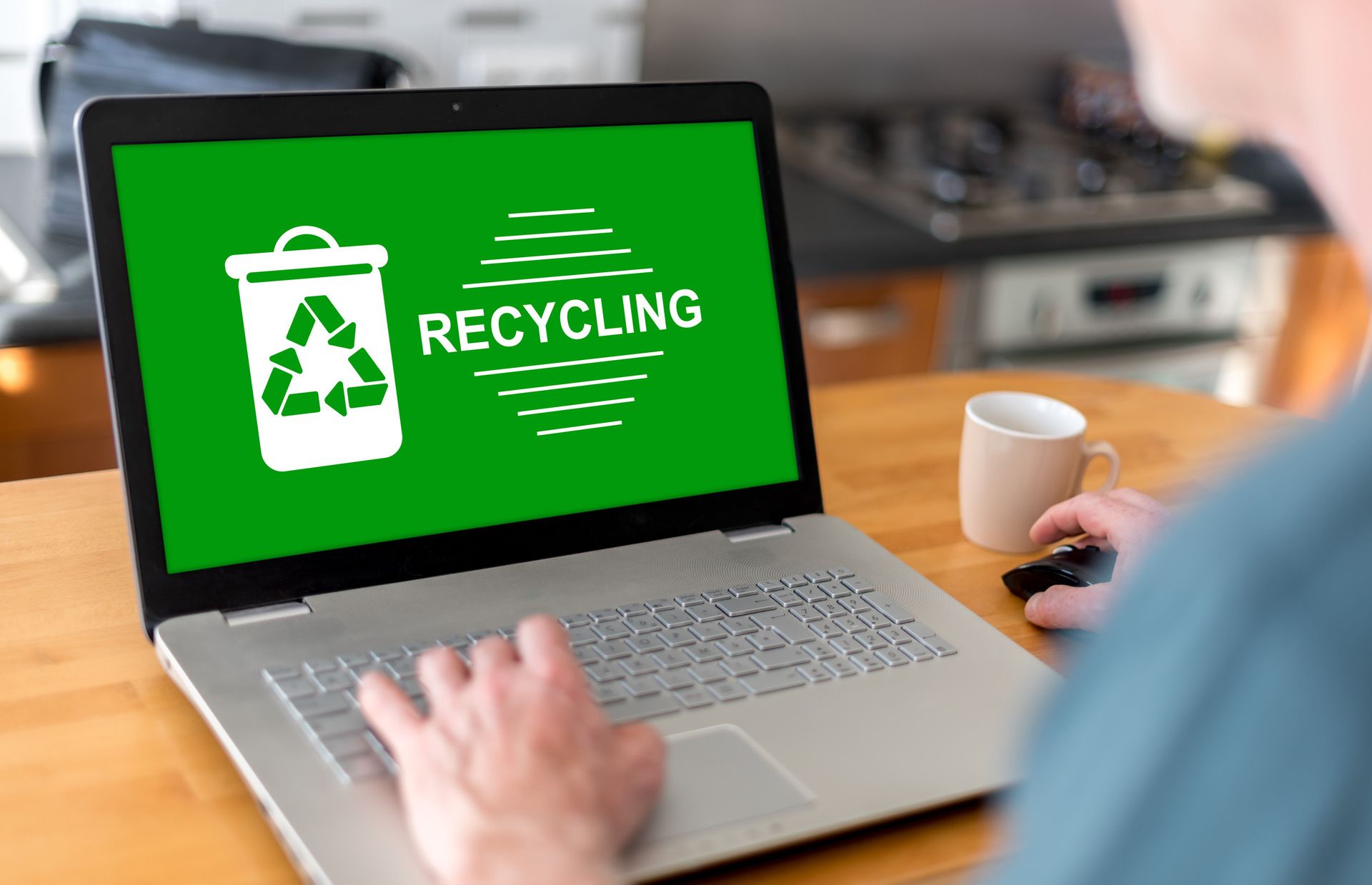
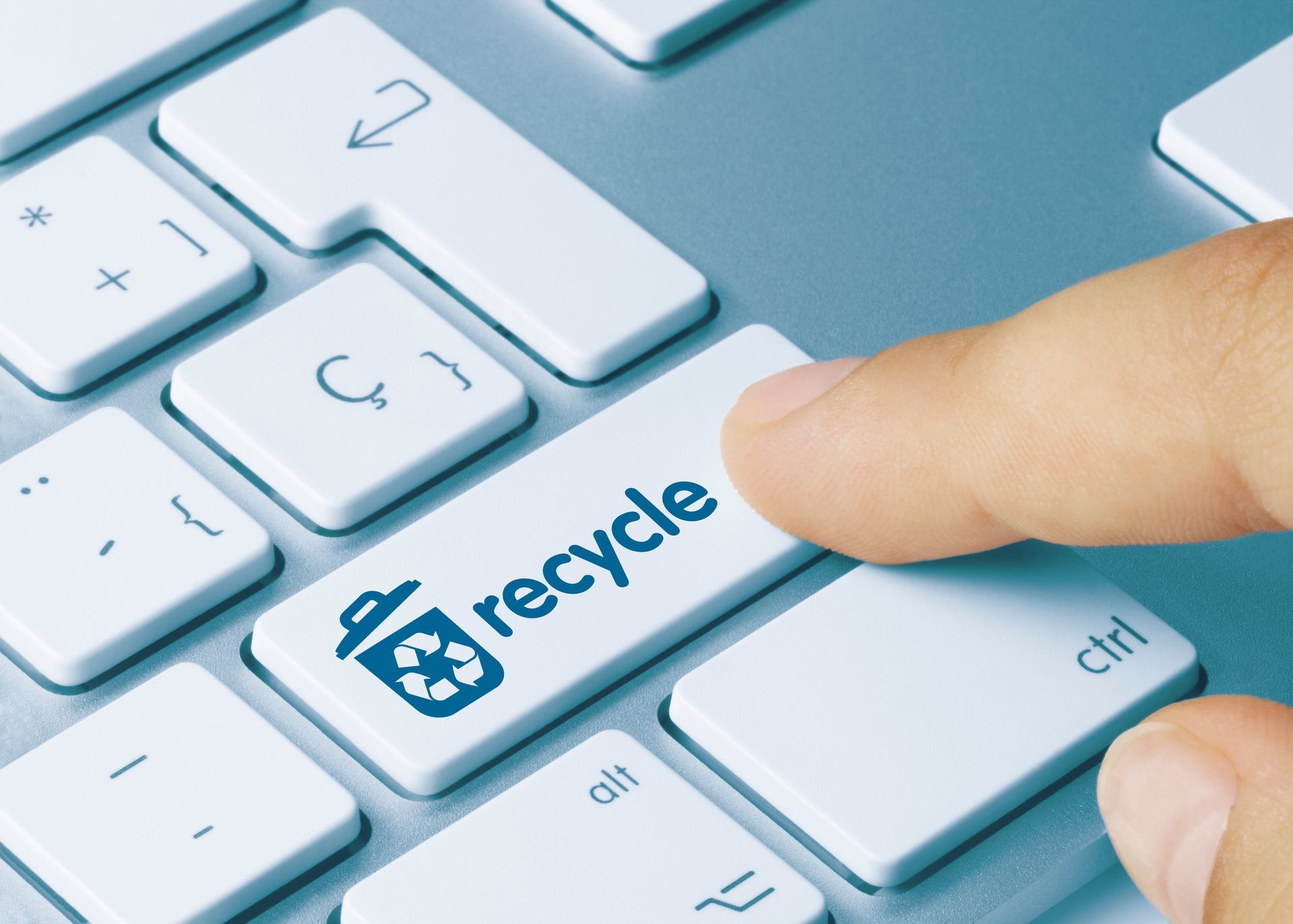
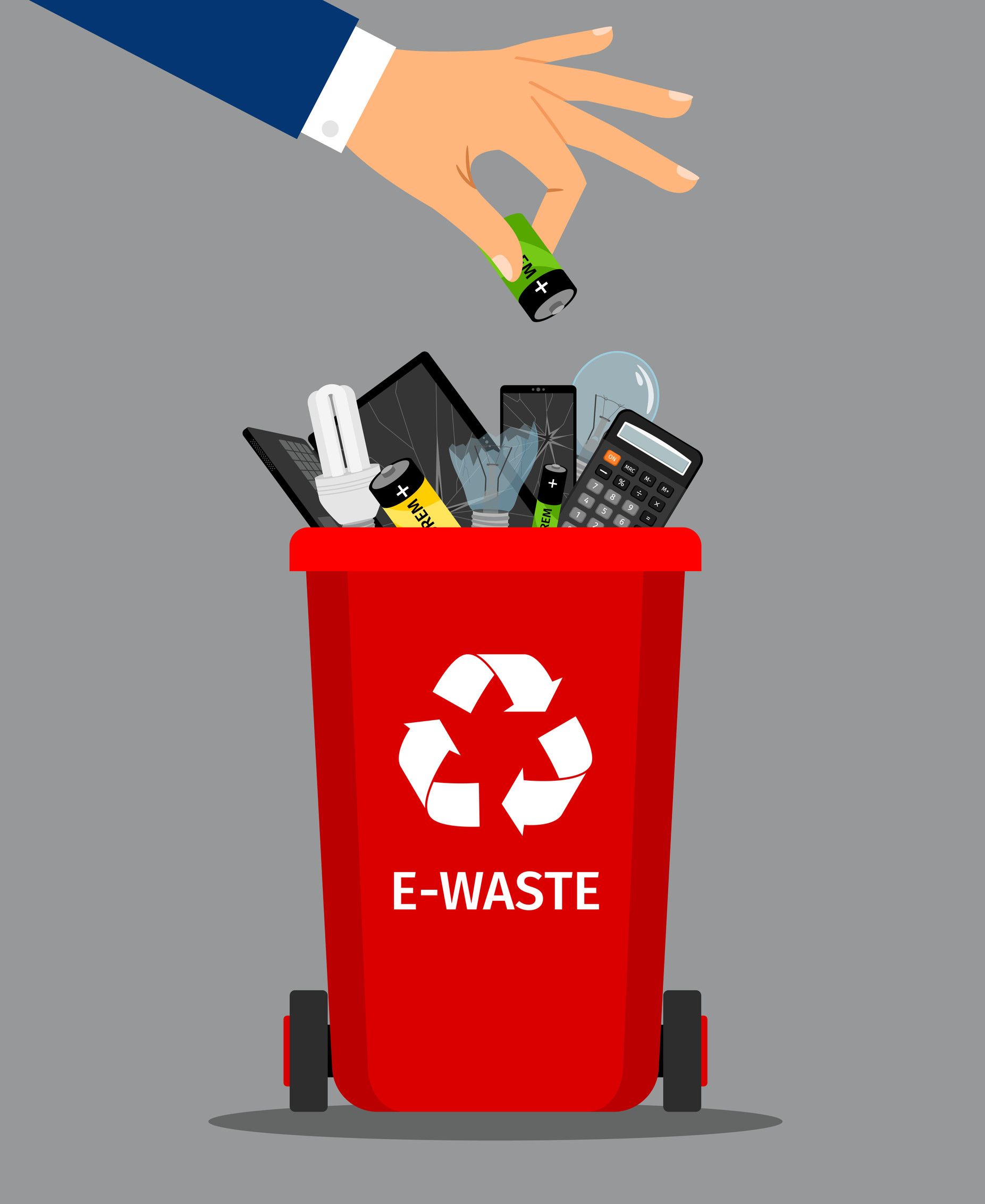
Share On: